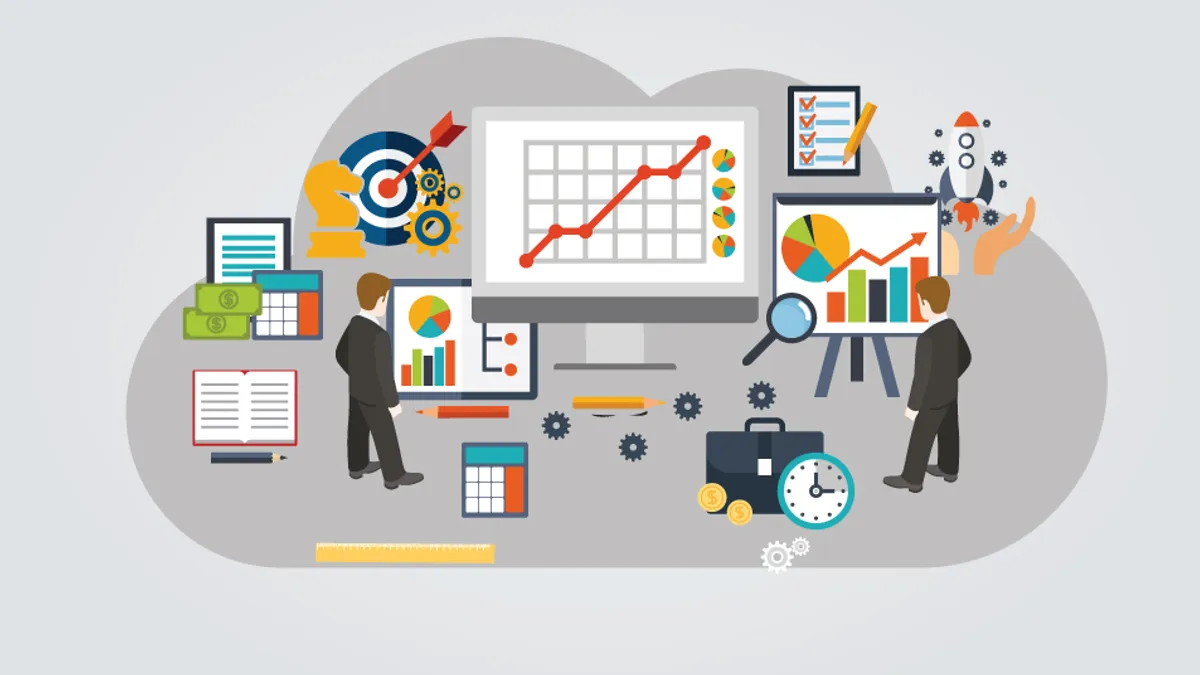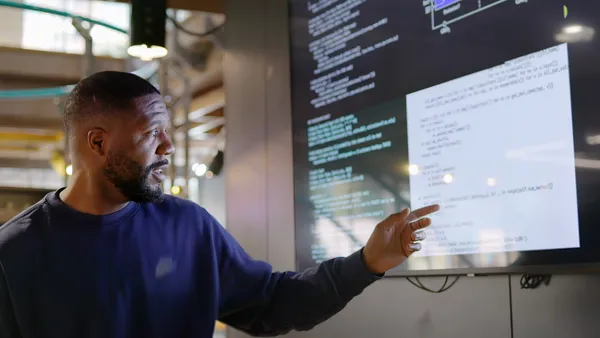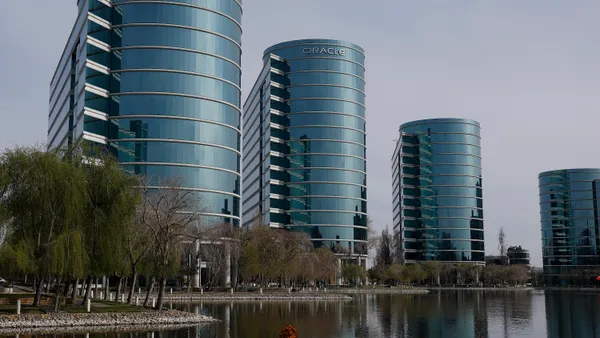Dive Brief:
-
Data and analytics are on a "precipice" where tools are quickly becoming easier to use and information will become far more digestible, said Tom Padgett, SVP and head of Analytics and Insight for SAP, North America, in an interview with CIO Dive. No longer do CIOs and IT organizations have to rely on data scientists alone to find insight across data sets. Instead, machine learning and advanced computing can help teams ask the right questions and employ the right tools.
-
Historically, analytics was "one directional;" if a user knew the right tool to use and questions to ask, they could receive the information and analytics, according to Padgett. But with machine learning and advanced analytics, machines can employ the right tools to find correlations across diverse data points. "The machine can process so much more information so much quicker and come away with the same kind of things you might have come with, it just does it much quicker," said Padgett.
-
While the machine can connect data in new ways, it never makes the final decisions, said Padgett. Machine learning takes the burden of investing large amounts of time off of a CIO, but data scientists and other analytics experts are still around to question the machine’s insights and dig a little deeper if needed.
Dive Insight:
Software may be eating the world, but the hype over AI is spreading like wildfire. Experts are quick to tout all the benefits AI has to offer, but the reality is the technology is by no means mature or at scale for organizations to put it into production. While artificial intelligence and neural lace are sure to come in time, the technology will probably not arrive as quickly as people think, according to Padgett.
But machine learning, an extension of AI, has arrived. If fed enough data, machines can learn for themselves and derive insight. Many vendors are quick to adopt the advanced technology and apply it to areas like predictive analytics to drive these insights.
The technology is already used in production more than one might realize. For example, Apple Maps uses machine learning and analyses of traffic patterns to commit to an estimated time of arrival and adjust accordingly if additional traffic arises, said Padgett.
Machine learning in action can be found across industries in everything from everyday applications to niche experiments. For a more frivolous take, an independent engineer fed George R. R. Martin’s "A Song of Ice and Fire" series into a neural network to produce AI-written chapters for the pending sixth book.
United Airlines is also turning to machine learning and Big Data to streamline its overbooking strategy. The airline turned from manual methods in favor of analytics to predict which flights are likely to have a no show and target customers with more personalized offers.












